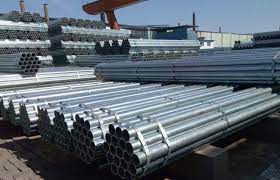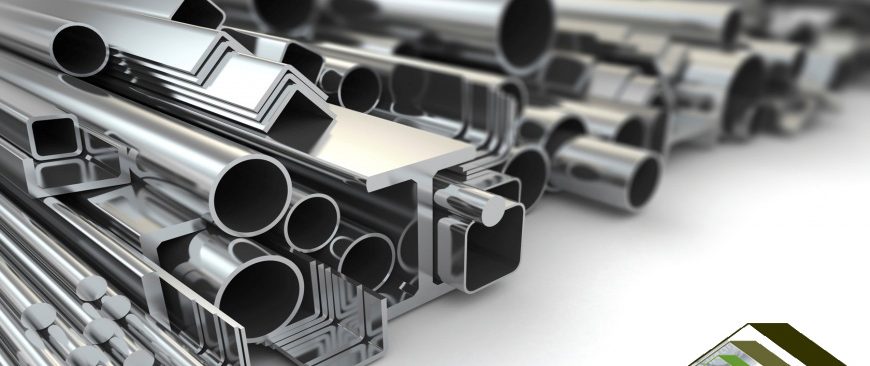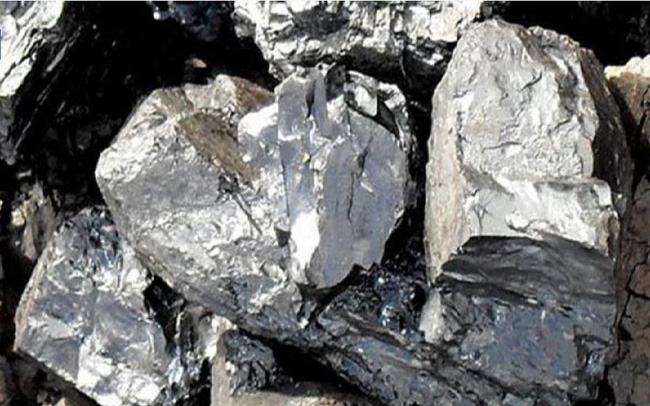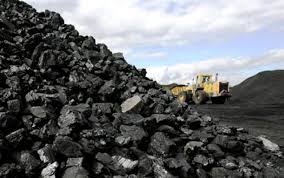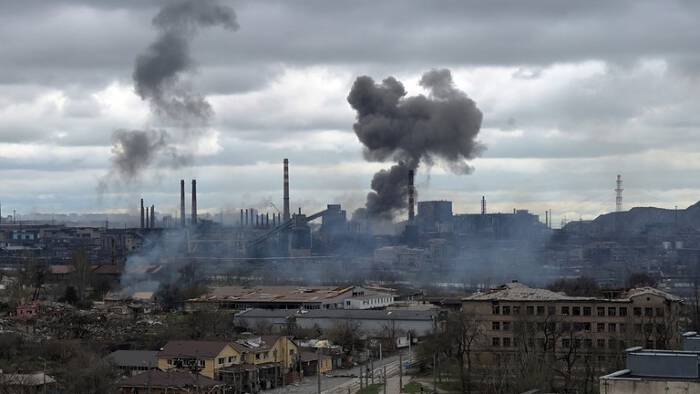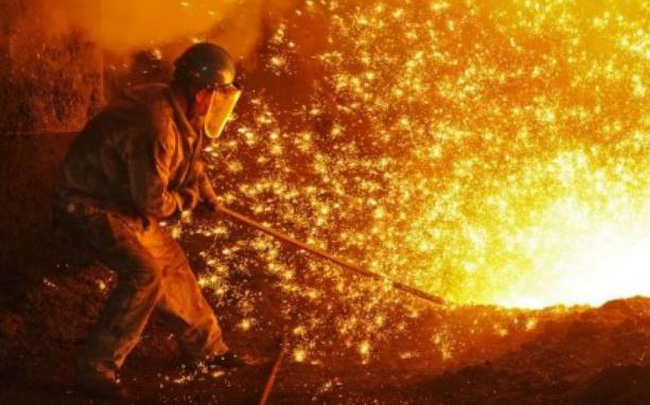To solve the “pasta bowl” status of the rules of origin in previous FTAs that are causing difficulties for businesses in the region, promote regional supply chains and ensure that CPTPP countries will be the beneficiaries. As the main benefit of the Agreement, the CPTPP countries have agreed on a common set of rules of origin to determine the origin of a particular good to enjoy preferential tariffs in the CPTPP.
These commitments are generally stipulated in the text of Chapter 3 on the Rules of Origin and the procedures for certification of origin and are specified in Appendix 3-D of Chapter 3 on the Product-Specific Rules of Origin.
The CPTPP Agreement stipulates three methods to determine the origin of a good, including: (i) Whole Obtained (WO); (ii) goods produced from materials in the CPTPP area (Produced Entirely from originating materials – PE); and (iii) Product Specific Rules (PSR).
Accordingly, a commodity product will be considered to meet the origin requirements and enjoy preferences if it falls into one of the following three cases:
Purely originating goods are goods grown, harvested or caught in the area of CPTPP partner countries. For example: Crops and crops such as rice, pepper, coffee…; Live animals such as pigs, chickens, cows, sheep, shrimps, fish…
Case 2: Made entirely from raw materials in the CPTPP countries.
A commodity product can be manufactured from materials of different origins. The rule of accumulation in the CPTPP Agreement allows CPTPP countries to consider raw materials of a CPTPP country as their own when using such materials to produce a CPTPP originating good.
Example: TVs are manufactured in Vietnam from electronic components in Vietnam, screens in Malaysia, control devices in Japan (Japan, Vietnam and Malaysia- a are all countries participating in the CPTPP), so the TV is considered to be of CPTPP origin.
Case 3: Item-Specific Rules of Origin (PSR) This is the most common case today because many products are made up of many different types of materials, and those materials are manufactured in global supply chains in various countries to increase productivity and save costs.
According to the CPTPP Agreement, goods produced in CPTPP countries do not use materials originating entirely from CPTPP countries but meet the rules specified in Appendix 3-D of Chapter 3 on Rules of Origin. specific items (PSR) are still considered CPTPP origin goods and enjoy preferential treatment.
For footwear products, Vietnamese enterprises are still highly dependent on raw materials imported from countries that are not CPTPP members, so the method of determining origin of goods is common within the CPTPP framework for products. This is item specific rule.
Item Specific Rule (PSR) PSR requires raw materials to go through the process of changing the goods code (Change in Tariff Classification (CTC), going through the processing and processing of the goods (Production Process). , meet the criteria of Regional Value Content (RVC) or a combination of the above criteria. PSR is a general trend in the negotiation of FTAs today because it is considered a specific, transparent and friendly mechanism for searching.
Methods to determine PSR For footwear products using non-originating materials of the CPTPP, the CPTPP Agreement provides for the determination of origin of goods to be applied under the PSR, including: (i) Code conversion rules commodities (CTCs), including Chapter Conversions and Group Conversions; and (ii) the Regional Value Content (RVC) rule, whereby the RVC rate for footwear is 55% for the indirect RVC calculation and 45% for the direct RVC calculation.
Goods HS Code Conversion Rule (CTC) The CTC Rule requires all non-originating materials used in the production of a good to have a different HS code than the HS code of the finished product from which they are made. Therefore, that is, these materials must go through the production process in the CPTPP countries at a level sufficient to transform their nature.
Levels of HS code conversion Depending on each specific item, the HS code conversion level will be different, basically consisting of 3 levels: Chapter Conversion (CC – Change in Chapter); Group Conversion (CTH – Change in Tariff Heading); Change in Tariff Subheading (CTSH).
Regulations on CTC for footwear products include 2 levels:
– Chapter Conversion – CC (2-digit level): is the strictest level of CTC, which means that the non-originating material has to go through a production process that changes the HS code from one chapter to another.
– Group conversion – CTH (level 4 numbers): is a moderate level of CTC, non-originating materials must undergo a production process that changes the HS code from one group to another.
Some exceptions
– “CTC ex from” is the exclusion of certain HS codes when applying the CTC method. If the HS code of the material is the same as the HS code listed in the phrase “except for certain HS codes” or “ex from”, the CTC method is not applicable in this case. Such materials are required to prove their origin in CPTPP countries in order to enjoy preferential treatment.
– “De Minimis” is “a negligible proportion of materials that do not meet the CTC criteria” but the finished product is still considered to be originating if that percentage does not exceed the specified threshold, namely 10% for CPTPP Agreement. This means that in the manufacturing process of footwear products, materials that do not meet the CTC rule can only account for at most 10% of the value of this product. The key of the flexible rule De minimis is that finished goods still have to go through the process of “fundamental transformation” through the CTC rule, which means that enterprises still have to import raw materials for actual production.
For some reason, if a part of raw materials does not meet the CTC rules, the finished goods will still achieve origin to enjoy preferential tariffs in the framework of the CPTPP. It should be further noted that this rule does not apply to the regional value content (RVC) rule.
Regional Value Content (RVC) Rule
The regional value content rule stipulates a certain percentage, whereby raw materials and goods that meet this ratio will be considered as meeting the origin requirements of goods and enjoy preferential treatment under the CPTPP.
The CPTPP Agreement stipulates four formulas for calculating RVC, including: Focused Value Method, Net Cost Method, and Build-down Method. and direct calculation formula (Build-up Method).
For footwear products, two methods of calculating RVC are applied: indirect and direct methods.
– Indirect calculation (Build-down Method): Based on the value of non-originating materials RVC = Value of goods – Value of non-originating materials Value of goods x 100
– Direct calculation (Build-up Method): Based on the value of originating materials.
Determination of non-originating materials The determination of non-originating materials should note the following points:
– If the non-originating materials undergo further production and satisfy the provisions of the Rules of Origin chapter of the CPTPP, the goods are considered to be originating;
– For non-originating materials used in the production of the good, the values to be included in the originating ingredient when determining the regional value content of the good are: The variation and value of originating materials used in the production of non-originating materials and accessories take place in the territory of the CPTPP countries.
How to determine the value of raw materials:
– For raw materials imported by the producer of the goods, including:
+ Transaction value of raw materials at the time of importation, and
+ The costs incurred during the international transportation of the goods
For materials purchased in the territory where the good is produced, are:
the price paid or to be paid by the producer in the Member State in which the producer is located;
+ Value is determined for imported raw materials; or
+ The first price has been or will be paid in the territory of the Member State.
– For self-produced materials, including:
+ All costs incurred in the production of raw materials, including general costs; and
+ An amount equal to the profit charged in the ordinary course of trading, or equivalent to the profit shown in the sale of goods of the same or the same type for which self-produced materials are charged.
Adjust the value of raw materials
Adjust the values for originating materials up and down for non-originating materials at the following costs:
– the cost of transportation, insurance, packing, and all other costs incurred in the process of transporting raw materials to the place of production of the goods;
– Taxes and customs brokerage fees for raw materials paid in the territory of one or more of the Parties, excluding other waived, refundable, refundable or recoverable taxes, including credit for taxes or duties paid or payable; and
– Cost of waste and damage resulting from the use of raw materials in the production of the good, less the value of scrap that can be reused or semi-finished.
Searching principles PSR search for footwear products within the framework of the CPTPP should comply with the following principles:
– Correct and complete identification of CPTPP non-originating materials, including HS code and value of such materials;
– Only the de minimis exception applies to the commodity code conversion (CTC) rule. De minimis is not applicable in the RVC rule.
Source: Website of the Ministry of Industry and Trade
T&G International Joint Stock Company
Address: 352 Hue Street, Le Dai Hanh Ward, Hai Ba Trung District, Hanoi
Hotline: 0345786803
Email: hrm@tginterjsc.com
Website: http://tginternationaljsc.com



